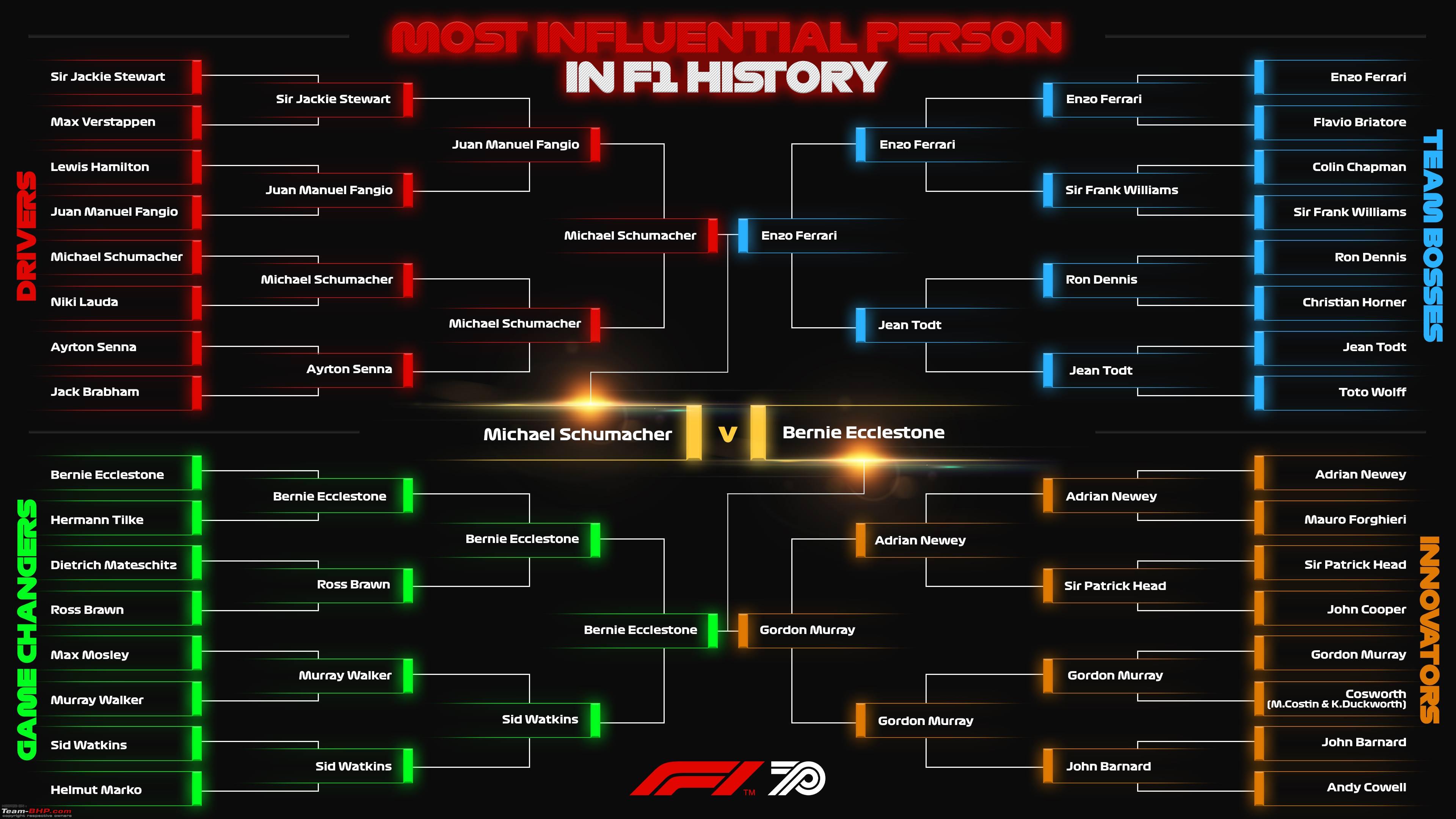F1, the apex of motorsport, is as much about the extraordinary competitions among drivers and groups for all intents and purposes about high-velocity hustling. Throughout the long term, these competitions have added show, fervor, and an individual edge to the game. This article dives into probably the most extreme and vital contentions in F1 history, investigating the elements that made them so spellbinding.
Prost vs. Senna: The Rivalry of F1
Alain Prost and Ayrton Senna’s competition is maybe the most well-known in F1 history. Crossing the last part of the 1980s and mid-1990s, their fight for incomparability was set apart by differentiating driving styles and characters. Prost, the working out specialist, versus Senna, the enthusiastic daring person, made a charging dynamic that is as yet discussed today.
Hamilton vs. Rosberg: Teammates Turned Rivals
Lewis Hamilton and Nico Rosberg shared a group however not kinship. Their contention crested during their time at Mercedes, coming full circle in the emotional 2016 season. Regardless of being cherished, lifelong companions, their serious contest for the big showdown saw them conflicting on and out of control.
Schumacher vs. Hill: F1 Controversial Clash
Michael Schumacher and Damon Slope’s competition during the 1990s was loaded up with discussion and on-target occurrences. The 1994 season, specifically, saw them engaged with a few impacts, with their fight for the title finishing in a quarrelsome accident at the Australian Fantastic Prix.

Vettel vs. Webber: Red Bull’s Internal Battle
Sebastian Vettel and Mark Webber, teammates at Red Bull Racing, had a tense relationship marked by team orders and on-track clashes. Their rivalry peaked during the 2013 Malaysian Grand Prix, where Vettel famously ignored team orders to “Multi 21” and overtook Webber, straining their relationship further.
Hunt vs. Lauda: A Tale of Friendship and Rivalry
James Chase and Niki Lauda’s contention was interesting, mixing furious rivalry with shared regard and kinship. The 1976 season was their generally striking, with Lauda’s supernatural recuperation from a close deadly accident and Chase’s resulting title win.
Table: Key Rivalries in F1 History
| Rivalry | Era | Teams Involved | Key Moments |
|---|---|---|---|
| Prost vs. Senna | Late 1980s – Early 1990s | McLaren | Suzuka Collisions (1989, 1990) |
| Hamilton vs. Rosberg | Mid-2010s | Mercedes | Collision in Spain (2016), Championship Decider in Abu Dhabi (2016) |
| Schumacher vs. Hill | Mid-1990s | Benetton, Williams | Collision in Australia (1994) |
| Vettel vs. Webber | Early 2010s | Red Bull | Malaysian GP “Multi 21” Incident (2013) |
| Hunt vs. Lauda | Mid-1970s | McLaren, Ferrari | Lauda’s Comeback and Hunt’s Championship (1976) |
Read More: How To Watch F1 on Crackstreams in the UK
